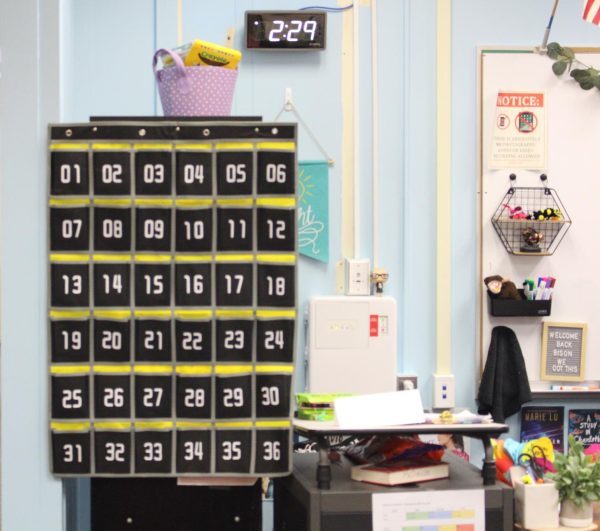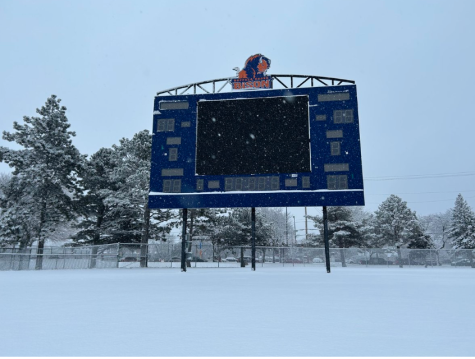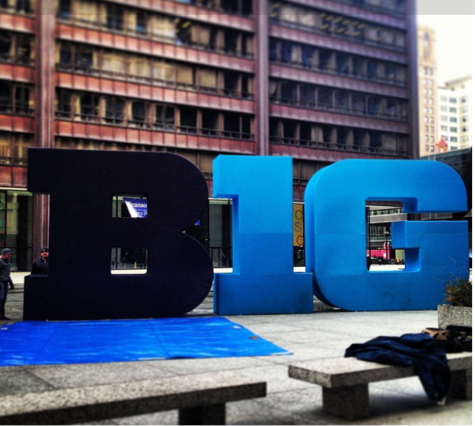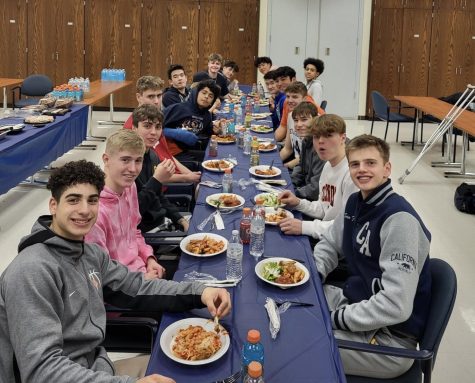How to stop the madness in the NCAA basketball tournament
Every year during the month of March and early April, the National Collegiate Athletic Association (NCAA) hosts a single–elimination basketball tournament consisting of 68 teams. During this tournament, many teams who are thought to be the top contenders end up losing to less–hyped schools, which leads to the tournament being named March Madness. Fans around the world tune in to watch this tournament and make brackets to show who they think will win it all.
Many people will find that making a good bracket is actually challenging due to all of the upsets that can occur. According to research done by DePaul University math professor Jeff Bergen, there is a one in nine quintillion chance to correctly pick the outcome of every game. Out of the millions of brackets created, not one has been able to achieve this feat.
However, here are stats you should keep in mind when filling out your bracket. This year’s number one overall seed, the Kentucky Wildcats, are a perfect (34–0) entering the tournament. The Wildcats are led by star freshmen Karl–Anthony Towns and Devin Booker. Although an upset may occur, selecting the Wildcats to claim the crown will be a popular pick amongst fans.
It must be noted that there has not been one team to finish the season with a perfect (40–0) record. There have been a few to finish undefeated, but none have done it with a 40 game schedule, which Kentucky is looking to accomplish.
Another approach to helping your
bracket involves diving into advance stats, which may go unnoticed by a casual fan. Only once in tournament history have all four number one seeds advanced to the Final Four. While they may look good on paper, at least one of them is bound to lose at some point. As far as the first round goes, a 16–seed has never beaten a first seed, so pick all four number one seeds in the round of 64, they’re all pretty much guaranteed to advance. It is also smart to pick two and three seeds to advance as well, as the odds of them losing are slim to none.
After the top three seeds, you will often find higher seeds losing. Since 2008, there has been at least one 12–seed to upset the five seed, so be sure to pick a 12–seed in the round of 64. In the eight vs. nine matchup, the nine seeds have a higher win percentage. It’s pretty much a toss–up in these games, but I recommend picking a couple nine seeds to advance. Additionally, only once since 2000 have all number two seeds advanced to the Sweet 16, so it’s important to have one of them fall down, favorably in the round of 32.
Picking sleepers, which are low–seeded teams who make a deep run, are also a huge factor in making a good bracket. In 16 out of the last 18 years, two teams seeded ten or lower have made it to the Sweet 16.
While it is important to pick upsets here and there, when you get toward the end, the better teams usually come out on top. A top four seed has won the tournament all but once since 1990. So pick a few upsets, but stick with your higher seeds at the end.
It’s sure to be a roller coaster ride this year, so after filling out your bracket, sit back and enjoy the ride. Make sure you watch as the 68 teams battle it out for the coveted Division I basketball championship.











